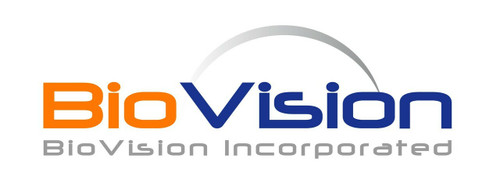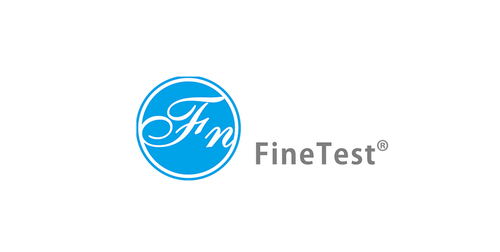Product Description
CYR61 is a member of the CCN family of secreted cysteine rich regulatory proteins. CYR61 induces angiogenesis by stimulating the proliferation, migration, and adhesion of endothelial cells. Cell migration and adhesion are mediated through binding to specific cell surface integrins and to heparin sulfate proteoglycans. Increased expression of CYR61 is associated with several types of cancer, and correlates with the progression and estrogen independence of human breast cancers. Recombinant human CYR61 is a 39.4 kDa protein containing 357 amino acid residues. It is composed of four distinct structural domains (modules); the IGF binding protein (IGFBP) domain, the von Willebrand Factor C (VWFC) domain, the Thrombospondin type-I (TSP type-1) domain, and a C-terminal cysteine knot-like domain (CTCK).
Biovision | 7131 | CYR61 Human Recombinant DataSheet
Biomolecule/Target: CYR61
Synonyms: CCN1, G1G1 protein
Alternates names: Fibroblast Growth Factor-20, FGFK
Taglines: Induces angiogenesis by stimulating the proliferation, migration, and adhesion of endothelial cells
NCBI Gene ID #: 26281
NCBI Gene Symbol: FGF20
Gene Source: Human
Accession #: Q9NP95
Recombinant: Yes
Source: E. coli.
Purity by SDS-PAGEs: 90%
Assay: SDS-PAGE
Purity: N/A
Assay #2: HPLC
Endotoxin Level: < 0.1 ng/g of protein (<1EU/g).
Activity (Specifications/test method): Determined by the dose-dependent stimulation of the proliferation of murine 3T3 cells. The expected ED50 for this effect is 2.0-3.0 g/ml.
Biological activity: The ED as determined by the dose-dependent stimulation of thymidine uptake by BaF3 cells expressing FGF-receptors is <10 ng/ml, corresponding to a specific activity of 1 x 10E5 units/mg.
Results: N/A
Binding Capacity: N/A
Unit Definition: N/A
Molecular Weight: 23.2 kDa
Concentration: N/A
Appearance: Lyophilized powder
Physical form description: Sterile filtered through a 0.2 micron filter. Lyophilized from 10 mM Sodium Citrate, pH 3.0 and 50 mM NaCl.
Reconstitution Instructions: Reconstitute in HO to a concentration of 0.1 to 1.0 mg/ml. This solution can then be diluted into other aqueous buffers
Amino acid sequence: N/A
 Euro
Euro
 USD
USD
 British Pound
British Pound
 NULL
NULL








